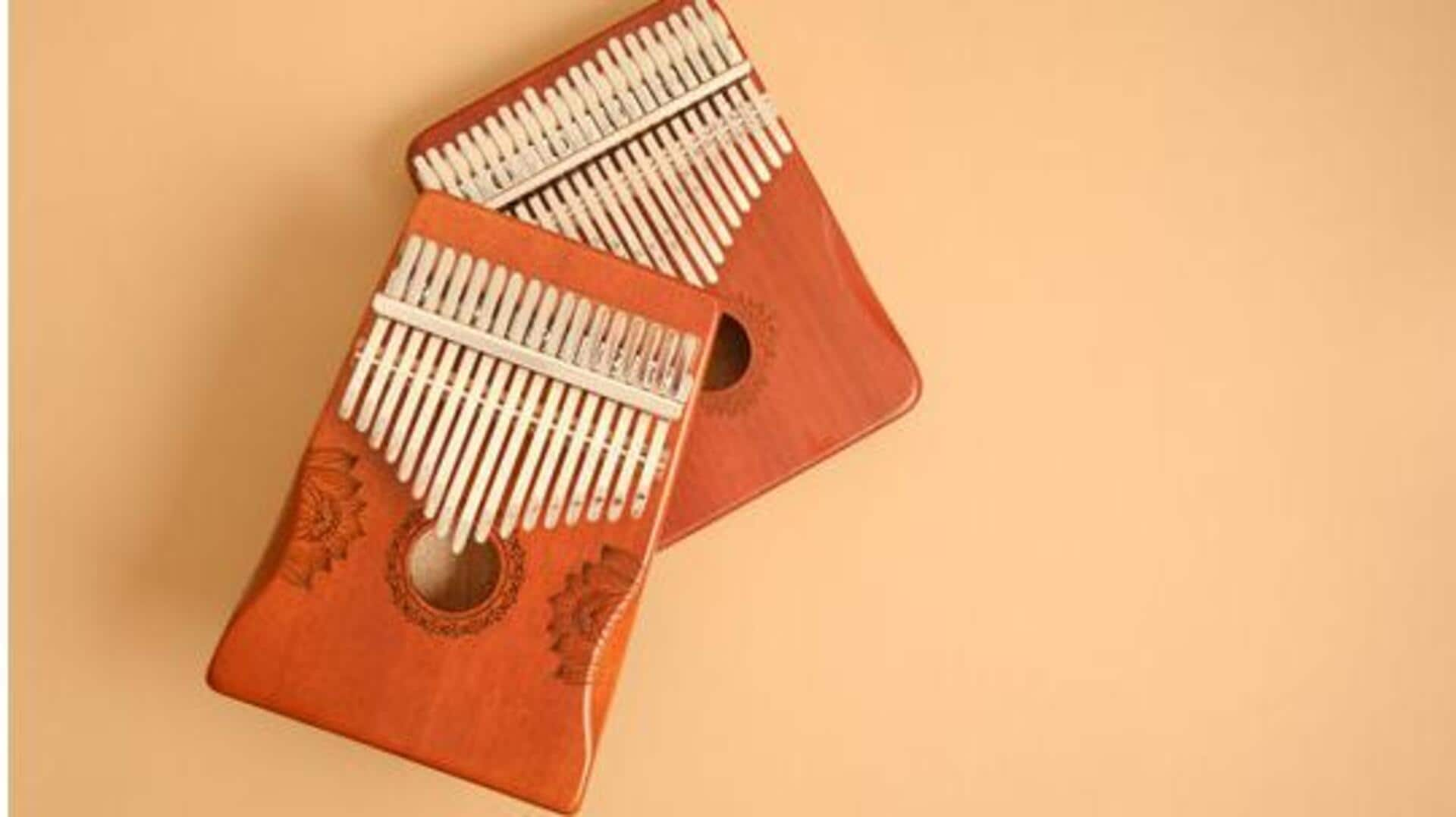
How to make musical instruments at home
What's the story
Creating unique sounds using DIY African instruments can be an exciting venture. These instruments, steeped in rich cultural heritage, offer a variety of sounds that can be used in modern music-making. By crafting these instruments, one can explore new sonic landscapes and bring a fresh perspective to their musical creations. Here are some insights into creating unique sounds with these traditional tools.
Tip 1
Crafting a traditional kalimba
The kalimba, or thumb piano, is an instrument that produces melodic tones by plucking metal tines. To make your own kalimba, you can use materials like wood or bamboo for the body and metal strips for the tines. The tuning of each tine will determine the scale of your kalimba. Experimenting with different lengths and thicknesses of the tines will help you achieve a variety of pitches and tones.
Tip 2
Building a homemade djembe
The djembe is a versatile drum from West Africa, known for its deep bass and sharp tones. To build a djembe at home, you need to shape a cylindrical body from wood or sturdy cardboard. Use animal skin or synthetic materials stretched over the top as the drumhead. Tuning the drumhead by adjusting tension ropes around it allows you to modify its sound quality.
Tip 3
Creating unique sounds with shekere
The shekere is a percussion instrument made by covering a gourd with beads or shells. It produces rhythmic sounds when shaken or tapped. To create your own shekere, select a gourd of suitable size and cover it with strings or wire to hold beads in place. The arrangement of beads affects sound production; experimenting with different patterns can yield unique rhythms.
Tip 4
Experimenting with traditional mbira techniques
The mbira, another thumb piano variant, has been played in Africa for centuries. It consists of metal keys mounted on a resonator box, producing distinct sounds when plucked. By trying out different key lengths, materials, and resonator shapes, you can create new sound combinations. These combinations blend traditional mbira techniques with modern musical influences, resulting in innovative auditory experiences.